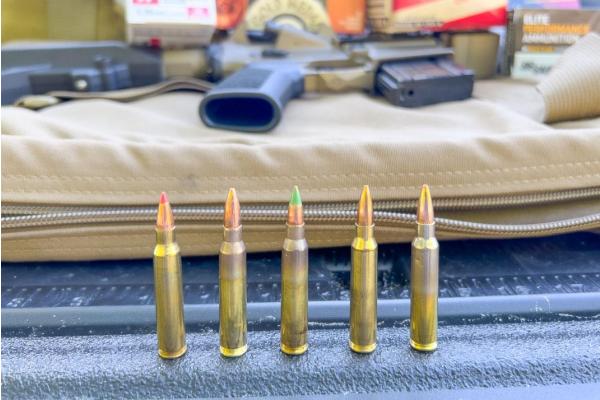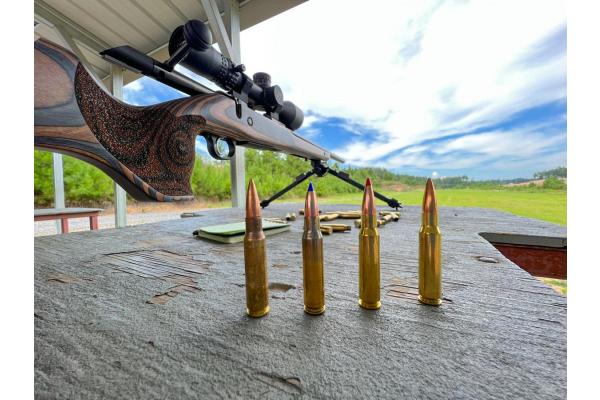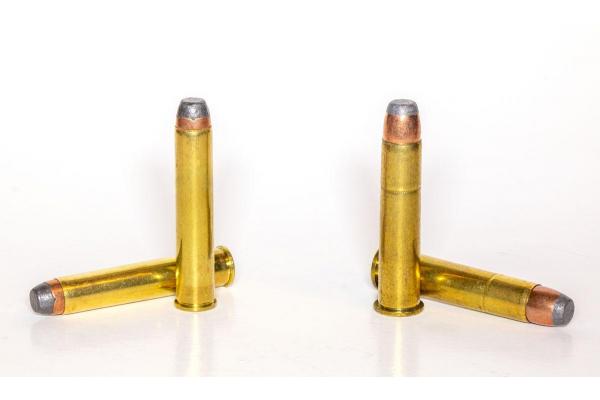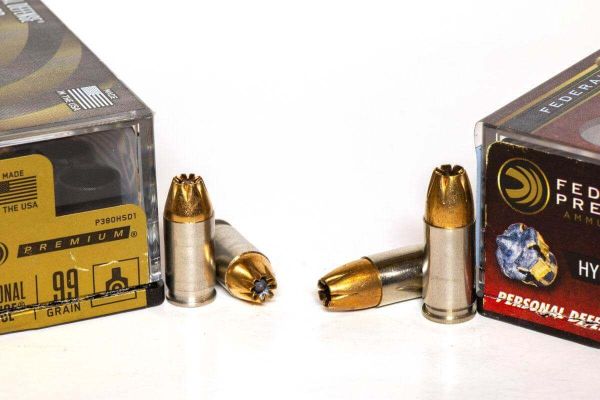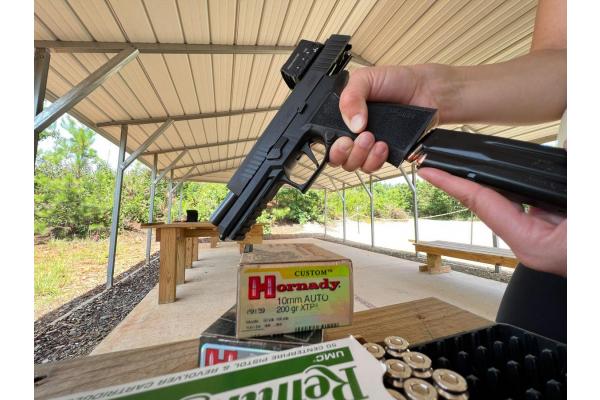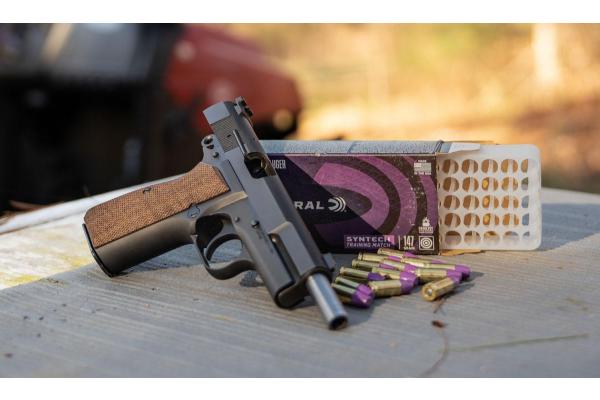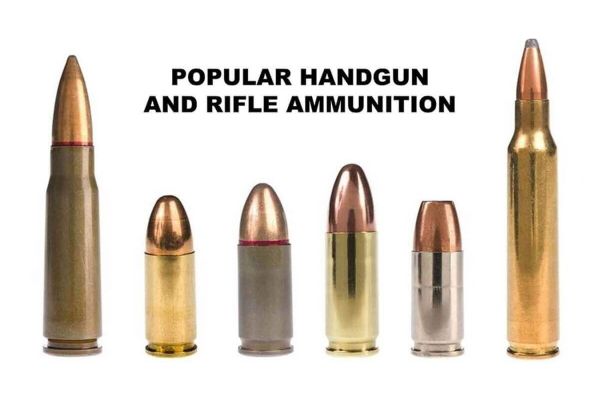Ammo Showdown: 9mm 115gr vs 124gr
The difference is that 124 grain is heavier. That's it, that's the end of the blog post...Just kidding.
It isn't quite that simple, although some people will tell you it is.
As discussed in previous blogs, the grain of the round is the overall weight.
Grain is a very small unit of measure — so small it takes more than a few hundred grains to add up to 1 ounce.
So, the difference between a 115-grain round and a 124-grain round is the weight, sure. However, that's just the first and biggest difference, not the only difference.
When you change the weight of a round, you do more than just make it heavier.
You also change how the gun that’s firing it operates.
A heavier round changes how the gun cycles and how the round impacts the intended target — not to mention the recoil that you’ll feel when firing.
What is Ammo Grain?
Before we get into all of these differences, though, let's clarify something first: The grain number of the round refers specifically to the bullet itself.
It has nothing to do with the powder and is not the overall weight of the entire cartridge.
It's important to make the distinction because, as they say, knowledge is power.
Of course, so is mass. When the overall weight of the round is heavier, there's more mass flying at the target.
Before any science teachers launch a new Spanish Inquisition because of that last statement, we'll note that mass and weight aren't the same thing.
But if you're comparing two things that are composed of the same materials, it’s generally accurate to say that whichever one weighs more also has more mass.
Energy Delivered by the Round
So naturally, hurling heavier rounds at a target has the potential to deliver more energy into the target.
The heavier round is stuffing more mass into the same small space — like 90% of people wearing skinny jeans.
Think about it this way: All 9mm rounds are the same size — 9 millimeters — so more mass packed in that 9 millimeters means more energy being driven into the target.


Remember the theory of relativity?
Energy is equal to mass times the speed of light squared.
Didn't know you were getting a science lesson today, did you?
All of this boils down to a couple of differences that you may or may not feel as a shooter.
Recoil Differences: 115gr vs 124gr 9mm Rounds
The first and most immediately detectable difference is in recoil.
Inevitably, someone will object, bringing up the powder load and other factors of the round that can change recoil.
This is valid because, yes, there are a lot of things that make up the ballistic profile of a particular round, and each can impact recoil, but bullet weight is absolutely one of those things.
This is where the mass of the round comes into play: The denser, heavier, round puts up more resistance to the gasses that are expanding and pushing it through the barrel.
This translates to more felt recoil.


It may be that this is all a perception thing. Many people describe the lighter rounds as "snappy" in their recoil and say a bigger grain often feels like a flatter, more even push.
Even if this does come down to an issue of preference based on perception, you still want to get the round you like better.
Every range trip is valuable training time, and on top of that, shooting is supposed to be fun, so don't ruin it by getting stuck on a grain weight that recoils in a way you don't like.
Accuracy of Different Grain Rounds
Certain guns are more accurate with different grain weights.
You might find that you're Annie Oakley with a 115-grain round but Clint Eastwood's character in Unforgiven with a 124, for example.
You'll have to try different grains to find what works best for you, your gun and how you shoot.
Performance of Various Grain Weights
You might also find some guns perform better with different rounds.
While this can be affected by your grip and shooting style to a degree, in most cases certain guns just simply perform better with certain grain rounds.
This, again, is partially due to the mass: Some guns are designed to account for that pushback and some are not.
So what's the difference between 115-grain and 124-grain 9mm ammo?
The 124-grain is heavier. But that heaviness affects more than just how it feels when you hold it.
It affects the ballistics, the performance, the recoil and the energy.
Simply put, the difference between these rounds doesn't end with saying one is heavier than the other; it starts there.




